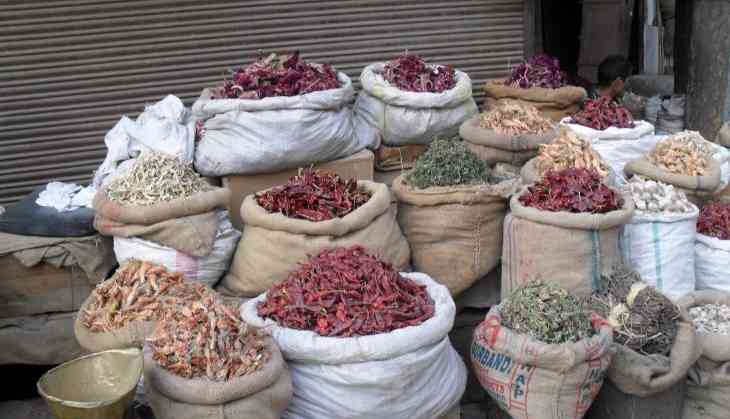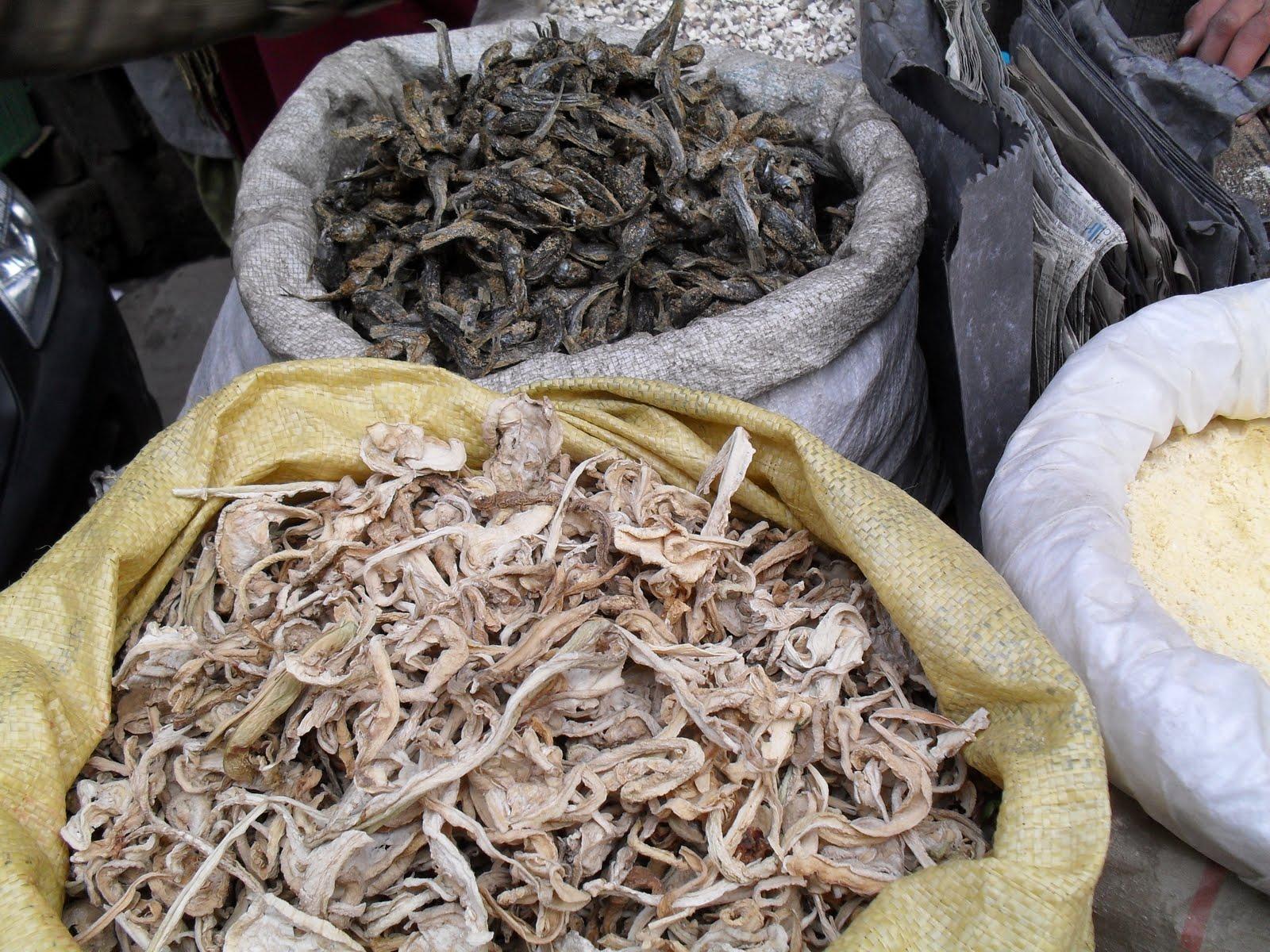Kashmir's dried vegetable culture is dwindling

The Valley of Kashmir, known for its rough and frozen winters, is often cut off from the rest of the world during snowfall. However, Kashmir is receiving lesser snowfall during winter compared to earlier years thereby affecting the Valley’s culture of sun-dry vegetables.
The people of Kashmir used to sun-dry the vegetables during peak summers and store them for use during times when the valley stands completely aloof in winters! In modern times, when there is no such thing due to excessive snowfall, the people of Kashmir are trying their best to hold on their tradition which is a part of their tradition and culture.
Now, people practice cultivation and recent concepts such as greenhouse have helped people in the valley to grow vegetables. Previously, people who couldn't afford to bring vegetables from the plain used hokh syun- meaning, dried food and that was the only option available to tide over the disarray in the supply of essential commodities.
For centuries, when whether used to be tough and harsh locals found it difficult to grow vegetables. Locals in the valley have relished died vegetables, pumpkins, smoked fish, tomatoes, turnips and others to survive the acute winter. The connectivity was frightful with the outer world because of dense snowfall, locals meticulously used to store washed and dried vegetables to hold them in good stead during winter, which lasts for almost for six months.
“Back then the national the highway would be closed for months and the markets would run out,” said Malik Sameed, Managing Editor, The Kashmir Scenario

All kinds of vegetables and fish would be sliced and threaded in long garlands to hang on the walls or laid out to dry in the sun in summers and autumn. It was a yearly practice for everyone in the valley – anyone who did not wish to starve during the winter.
The varieties
Hokh syun is cooked with either other sun-dried vegetables or lamb, chicken, eggs, pulses. Kashmir’s favorite dried vegetables include turnip, bottle gourd, and tomato.Turnips are as popular dried as they are fresh. They are peeled, sliced into thick pieces, tied in a string like a garland and hung to dry in the sun. A kilogram of turnip sells for Rs 200 in the market, and Rs 100 if dried along with its leaves. The dried turnips are boiled for a few minutes and, after the water is drained, fried and stewed with lamb, chicken, cottage cheese or pulses. Additionally, the water turnips are boiled in is a household remedy to cure chilblains, common during winter.
Brinjal, the thin, long variety, needs to be preserved in a particular way. Partially sliced along their length twice so that the four slices are held together at the top, it is placed on straight ropes and left to dry. Dried brinjal is soaked in hot water before being fried and cooked, commonly with moong dal.
The tomato is another common dry vegetable, used essentially for flavor and color in Kashmiri cuisine. Fresh tomatoes are sliced and spread out on sheets in the sun. They sell for about Rs 100 per kilogram. Many people also grind the dried tomatoes into a powder, which is then used to make curry.
Dying tradition
The most popular of hokh syun is the bottle gourd. Peeled and cut into round slices or long strips and dried, al’e hach, as it is called in Kashmiri, is commonly cooked with onion and meat or fava beans. Al’e hach is also cooked with dried tomato or dried brinjal or both together. Dried bottle gourd goes for about Rs 150 a kilogram.
Hoch Handh, or dried dandelion greens, are commonly boiled and ground to a pasty texture. It is stewed on its own or cooked with fish. Handh is believed to be good for new mothers and is often prepared in homes after deliveries. Masooda said Handh was given to new mothers because of its high iron content. Handh, she said, is also believed to improve bowel movement and blood volume. “Elders would say it is a medicine,” she said. “But not just for new mothers. It is said Handh is medicine for joint pain, women’s problems, back pain.”
One more delicacy is dried fish or Hokh Gaad. Tiny, lean fish are gutted and cleaned and hung from strings to dry. Once dry, they are soaked in hot water to remove the skin, fried and cooked whole with spices and dried tomatoes. The dish is a remedy for the common cold. In the market, a kilogram sells for around Rs 400, depending on the size of the fish.
Larger, thicker fish called Phari are preserved differently. Ungutted fish are laid out on the ground on grass, smoked by grass that is set alight, and then left to dry in the sun. The charred black skin is scraped off before the fish is cooked with tomatoes, radishes, and greens.
Less commonly, quince and apple are also dried and preserved for winter. The large, slightly sour Maharaji apple is sliced and dried and usually cooked on its own. Some combine it with radish. Dried quince is commonly cooked with meat, without any chilli.
" I was surprised to see that the production of vegetables has increased drastically in recent years. Before the prices of vegetables used to sky-rocket but now the things have changed and almost seventy percent people are not connected to their roots and tradition anymore" asserts Sameed.
First published: 24 January 2018, 20:21 IST



_251049_300x172.jpg)

![BJP's Kapil Mishra recreates Shankar Mahadevan’s ‘Breathless’ song to highlight Delhi pollution [WATCH] BJP's Kapil Mishra recreates Shankar Mahadevan’s ‘Breathless’ song to highlight Delhi pollution [WATCH]](http://images.catchnews.com/upload/2022/11/03/kapil-mishra_240884_300x172.png)

![Anupam Kher shares pictures of his toned body on 67th birthday [MUST SEE] Anupam Kher shares pictures of his toned body on 67th birthday [MUST SEE]](http://images.catchnews.com/upload/2022/03/07/Anupam_kher_231145_300x172.jpg)






